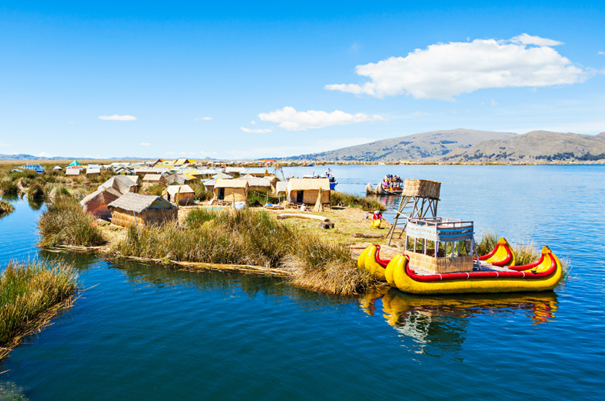
Peru, a country where the past harmoniously blends with the present, is a destination that offers a wealth of enriching and diverse adventures. Traveling to Peru provides rich cultural, historical, and natural experiences, from the mysteries of Machu Picchu to the bustling streets of Lima. Before you pack your bags for a trip to this country, it’s important to consider a few key factors to ensure your journey goes smoothly and is full of enjoyable experiences. You’ll find out more in the following paragraphs.
The best time for a trip to Peru
When is the best time to visit Peru? Timing plays a crucial role when planning a trip to Peru. The best time to visit Peru is during the dry season, which lasts from May to October. This is an excellent time, especially for those planning outdoor activities like trekking. You can expect sunny days, clear blue skies, and pleasant temperatures, which are ideal for exploring the country’s diverse landscapes. However, since this is also the peak travel season to Peru, it’s important to book your accommodations in advance to avoid any hassles.
While the dry season offers clear weather, nights can be chilly, especially in the Andean regions, so it’s advisable to pack warm clothing accordingly. Additionally, if you plan to visit places like Machu Picchu, it’s essential to secure permits well in advance due to high demand.
During the rainy season, which occurs from November to April, there is a higher amount of precipitation, with the wettest months being January and February. Traveling during this time can be more challenging, especially for trekking and other outdoor activities.
Visas for Peru and entry requirements
Are you wondering about visas for Peru? The good news for most foreign tourists is that for short visits to this country, a visa is usually not required. Upon entry, you’ll be granted a free tourist visa, typically valid for up to 90 days. However, it’s important to make sure that there are at least six months left on your passport from the planned date of entry into Peru and that you have at least one empty page for the entry stamp.
Travel to Peru and vaccinations
No mandatory vaccinations are required for entry into the country. However, it is certainly advisable to consult with your doctor at least a month before your trip and obtain any vaccinations or medications you might need based on your specific itinerary and health condition. The Centers for Disease Control and Prevention (CDC) and the World Health Organization (WHO) typically recommend the following vaccinations for travelers to Peru:
- Typhoid
- Hepatitis A
- Yellow fever (this vaccination may be required based on your travel itinerary)
Places you must visit in Peru
Peru boasts several iconic locations. The mentioned Machu Picchu, the ancient Inca citadel, remains the centerpiece of every Peruvian adventure. In addition to this world wonder, you should not miss places like Cusco, the historical capital of the Inca Empire, and the bustling city of Lima, with its incredible gastronomic scene.
For a unique experience, also visit Kuélap, the fortified jungle fortress in the northern highlands, often referred to as the “Machu Picchu of the North.” Lake Titicaca, Arequipa, and the Amazon also offer rich experiences that highlight the diversity of Peru’s landscapes and culture.
Current security recommendations
When traveling to Peru, safety should be a top priority. Travelers are currently advised to exercise increased caution due to concerns about crime, civil unrest, and, in some areas, the possibility of kidnapping. It is always responsible to check the latest travel advisories, remain vigilant, and follow standard security measures.
Travel tips
- Altitude Sickness: Destinations at high altitudes, such as Cusco, can lead to altitude sickness. Acclimate slowly and drink plenty of fluids.
- Transportation: For long distances, domestic flights are efficient, while buses offer scenic routes for adventurous travelers.
- Language: The official language is Spanish. Basic phrases in this language can be very useful for you.
- Currency: The Peruvian Sol (PEN) is the local currency. It’s recommended to have cash on hand, especially in remote areas.
Discover the treasures of Peru safely
In conclusion, we would like to emphasize that following safety measures is important, but it should not deter you from exploring the beauty of this fascinating country. There are plenty of things to do and see in Peru, from gazing at the sky above the Nazca desert and learning about the rich history of the Incas to admiring the breathtaking diversity of flora and fauna in the Amazon. Every corner of Peru hides something worth discovering. Prepare thoroughly, travel responsibly, and the country will reward you with unforgettable experiences. You will never forget your trip to Peru.




